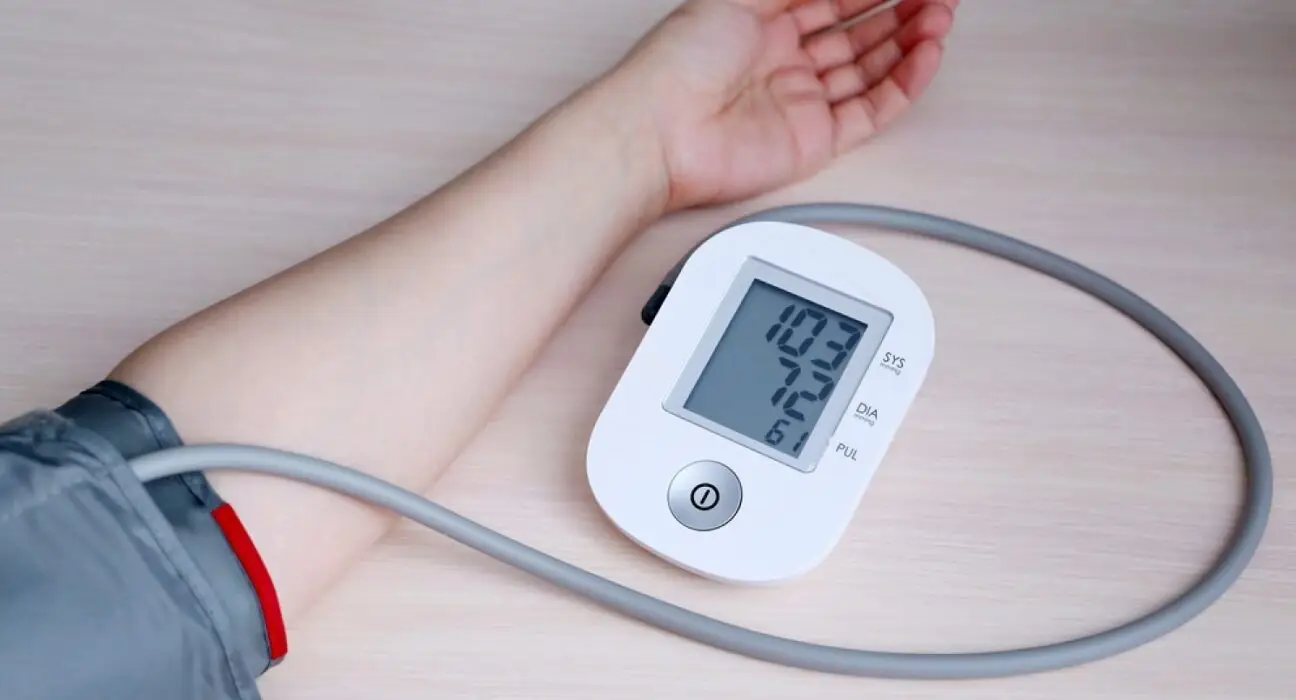Introduction
Low blood pressure in itself is not a disease, low blood pressure occurs due to various diseases.
The human body is a network of small and large blood vessels from the brain to the toes, in which the blood circulates at a certain speed at all times. If the blood flow continues normally, all the organs of the body Organs get oxygen along with blood and a person remains healthy but if the flow of blood increases or decreases, hypertension can occur.
The pressure that blood exerts on our veins during circulation in the human body is called “blood pressure”.
There is the two types of BP:
(1) High blood pressure.
(2) Low blood pressure.
Normal blood pressure is 120/80. This is the ideal blood pressure, but if it increases to 120/140, it is high, and if it is less than that, it is low.
Low blood pressure
Low blood pressure itself is not a disease, low blood pressure is caused by various diseases.
There are also some medicines that reduce blood pressure. Generally, if an adult’s blood pressure is 90/60, it is called low blood pressure or hypotension. Causes of low blood pressure. Under normal conditions, a person’s blood pressure fluctuates according to his activities, but it is temporary and therefore not a cause of concern. However, if this decrease is on a permanent basis,
it is important to know the reasons for this decrease. Some may be like this:
- Loss of blood from any cause.
- Cardiac dysfunction.
- Lack of nutrition in the body.
- Endocrine system disorders, diabetes, adrenal or thyroid disorders.
- State of acute shock.
- Use of certain drugs.
1. Symptoms of low blood pressure
People who have low blood pressure may experience the following symptoms due to its deficiency.
- Fatigue
- Dizziness
- Nausea
- Loose skin
- Depression
- Fainting
- Blurred vision
- Headache
- Weakness
- Excessive sleepiness.
2. Types of low blood pressure
Low blood pressure is divided into different types based on different occasions which can be as follows:
2.1 Orthostatic
This is the type that occurs when suddenly standing up from sitting. It can occur in people of all ages.
When the body changes its position, for example, from sitting to standing or lying down, in all these situations, there is a sudden decrease in blood circulation.
2.2 Postprandial
This type of low blood pressure occurs immediately after eating. This type of low blood pressure usually occurs in older people who are suffering from Parkinson’s disease.
2.3 Severe low blood pressure
This usually happens when the blood supply to different parts of the body is affected due to injury or loss of blood. This drop in BP can be life-threatening.
When a person’s stolic pressure is less than normal, the blood pressure falls, in this case, the blood is not supplied to the heart, brain and kidneys in an adequate amount. Alcohol and alcohol affect the nervous system abnormally, causing the blood pressure to drop dramatically. The use of anti-anxiety drugs adversely affects the nervous system, thereby lowering blood pressure.
Sometimes kidney patients use diuretic drugs, which leads to dehydration and the patient’s blood pressure decreases. Apart from this, physical weakness also causes the blood pressure to decrease. In this case, the pulse rate decreases. Speed and nervousness are felt. There is a slight pain in the head and there is darkness in front of the eyes.
The most common and best solution to high blood pressure is plain water.
In case of dehydration, water should be consumed more. Drinking water with salt is also useful. Quit smoking because the nicotine in tobacco not only affects the heart and blood circulation, but also affects the nervous system. Low blood pressure. In this case, drink a glass of lukewarm milk mixed with honey of a small bee and drink it immediately. Add the juice of one lemon, two spoons of honey and a pinch of crushed cloves to a cup of warm water and drink it.
3. Natural causes of low blood pressure
(1) Spending too much time in direct sunlight.
(2) Performing any physical activity during elevated temperatures.
(3) Spending a long time in a hot tub.
(4) Intake of water in a state of dehydration.
Many factors affect blood pressure. Blood pressure should be checked several times a day because there are many factors that affect blood pressure. Some of them have been mentioned.
The blood pressure test is different during sleeping and sitting. During the day, the blood pressure starts to decrease as the time to sleep approaches. The amount of stress the body experiences during the day also affects the blood circulation. has to
When a person is suffering from low blood pressure, the blood circulates very slowly in the blood vessels (arteries) of the body or throughout the system, which affects the specific and sensitive organs of the body (brain, heart, lungs, (kidneys, liver) suffer from blood loss and then lack of oxygen, which adversely affects their performance.
Conclusion
Low blood pressure (hypotension) is not a disease but a symptom of various underlying conditions. Normal blood pressure is 120/80; below 90/60 is considered low. Causes include blood loss, heart dysfunction, poor nutrition, endocrine disorders (like diabetes or thyroid issues), acute shock, and certain medications. Symptoms include fatigue, dizziness, nausea, fainting, blurred vision, and weakness.
Factors like dehydration, excessive sun exposure, physical activity in high temperatures, and prolonged hot baths can also cause low blood pressure. Managing it involves drinking more water, possibly with salt, avoiding tobacco, and using home remedies like warm milk with honey or lemon-honey water. Regular monitoring and addressing underlying causes are essential for maintaining healthy blood pressure.

